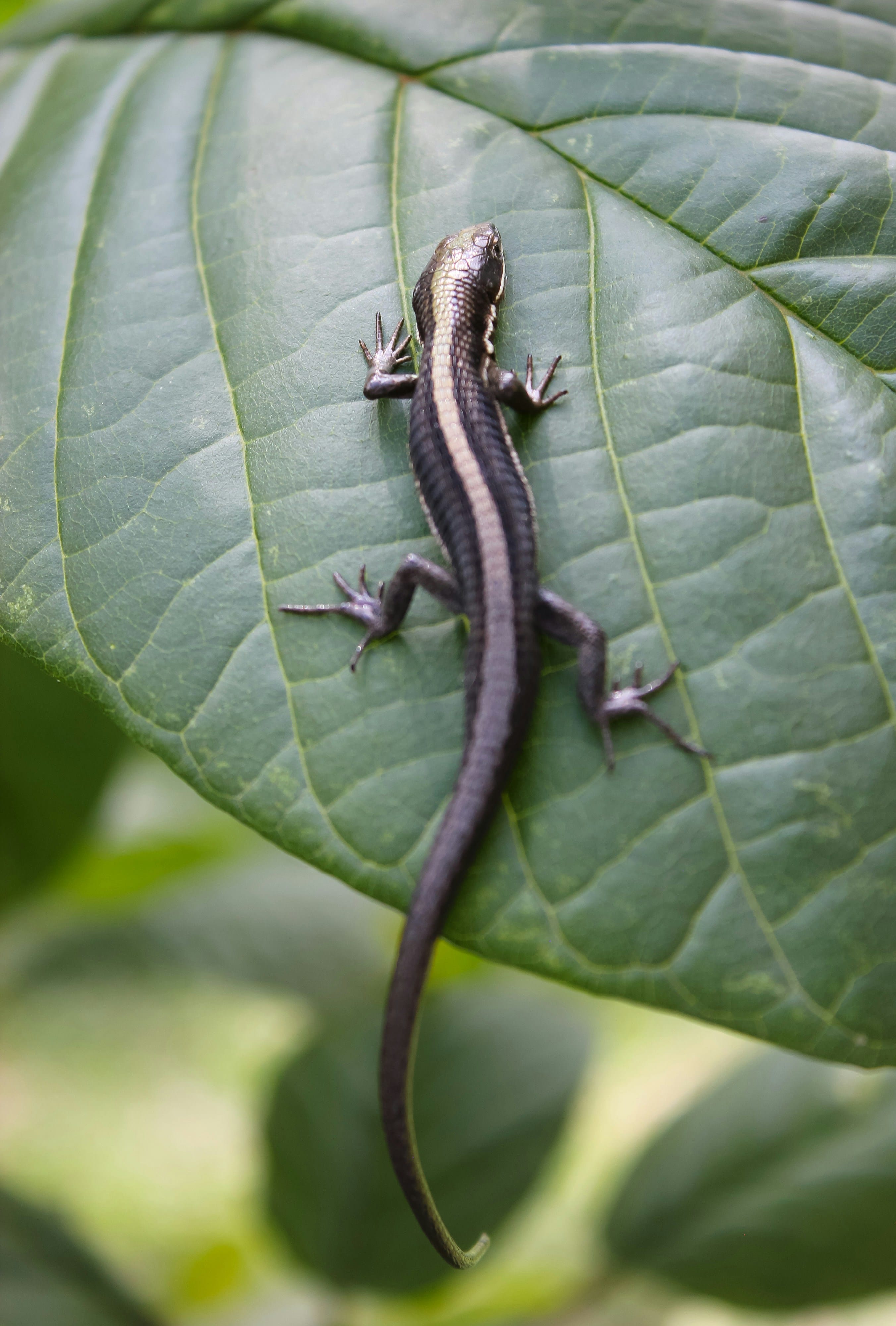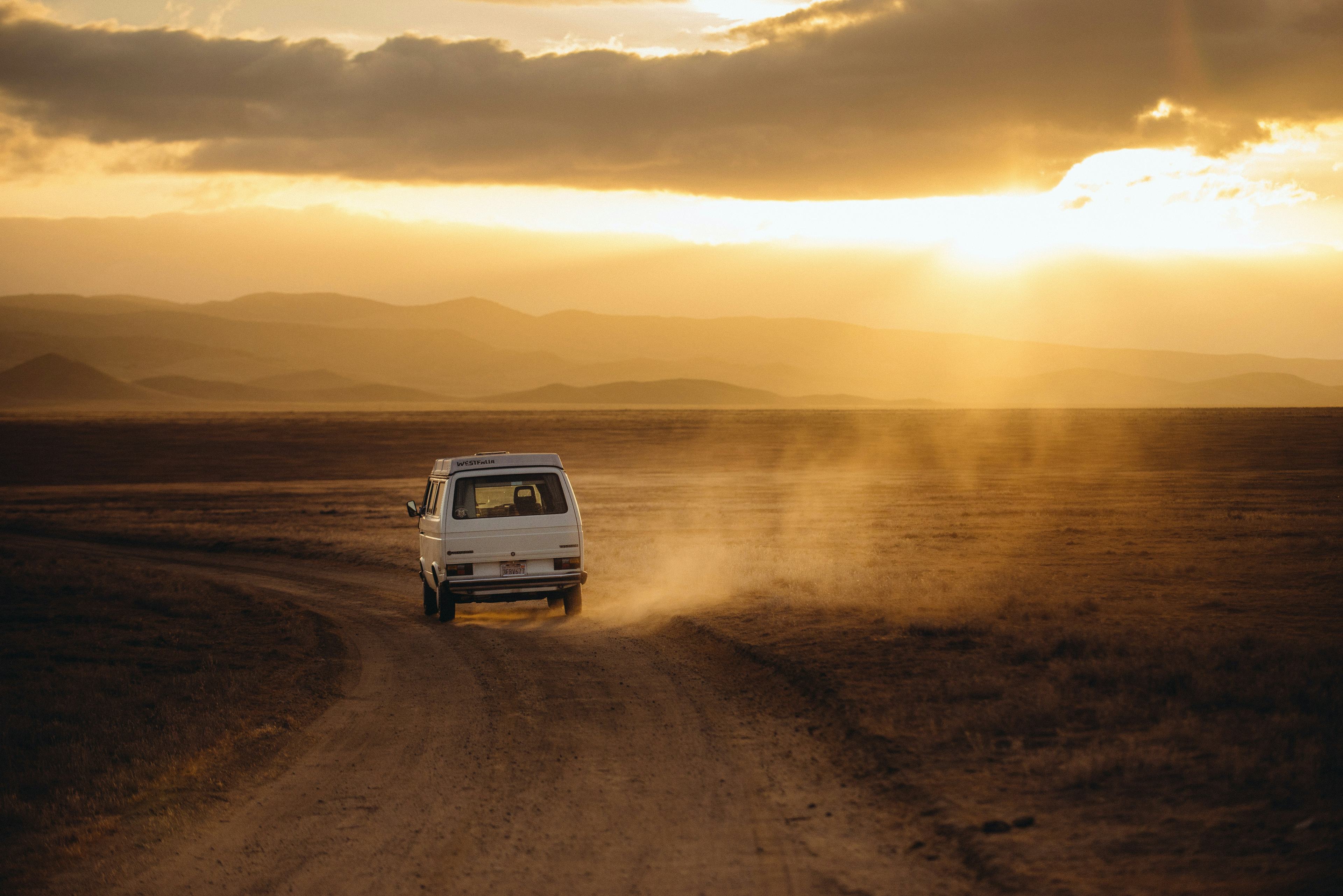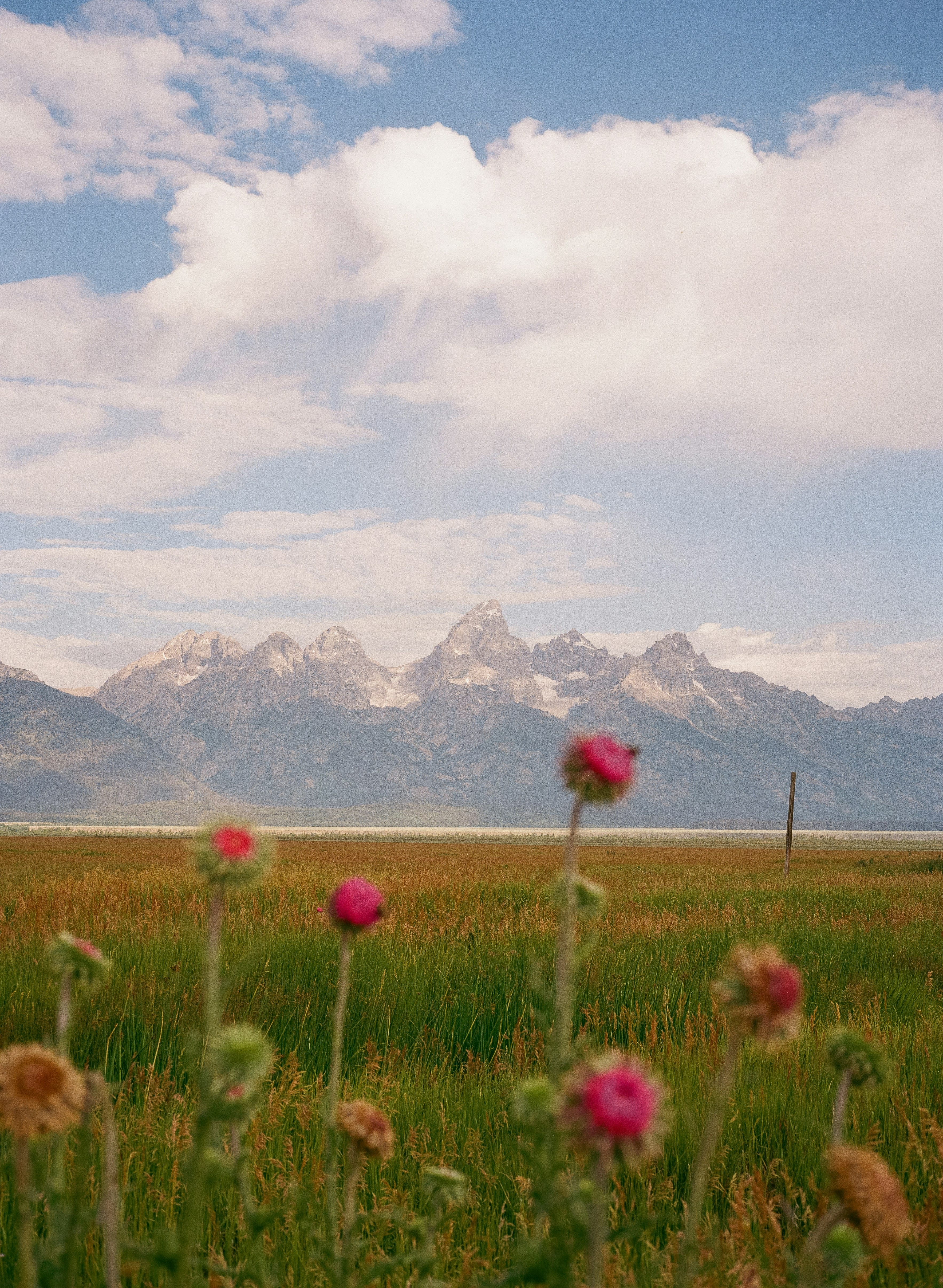The Wild Animals Found at National Parks

Blake Cheek | Unsplash
Great Grey Owls

One might think that at this point, we’d know everything about Yosemite’s animals. But in 2010, scientists discovered that the national park’s great gray owls are a unique population that developed characteristics and behaviors different from California’s other great grays due to centuries of isolation. Now recognized as a unique subspecies (Strix nebulosa Yosemitensis), these magnificent birds are very few in number.
California as a whole holds perhaps 200 to 300 great grey owls, with the Yosemite variety being the largest group. Favoring the forest and hunting along meadow edges, they are notable for their 5-foot wingspans and massive facial disks, which lend them a powerful presence. This tiny population now faces intense pressure from visiting humans who tramp around the woods hoping for sightings, so a conservation note: It’s a thrill to be surprised by a great gray flying past you. But please refrain from searching for them. The subspecies’ survival depends on serenity. Seven other types of owls live in the park, including northern pygmies (Glaucidium californicum) and northern saw-whet owls (Aegolius acadicus), the latter small and seldom seen, but known for its steady, tooting call.
Bison

You will see them, lolling or ambling, shaggy, ornery and awesome. Up to 60 million Bison bison (buffalo) once roamed North America, underpinning Indigenous cultures. In the late 1800s, white hunters and soldiers wiped out the herds, largely to weaken Native resistance.
Bison Jams
It is daunting to encounter the largest mammal in North America, or 30 of them, in the road. To avoid tra c snarls, maintain a slow, steady rate. Bison will move as you approach. To please fellow motorists, use roadside pullouts to view wildlife.
By 1902, just 23 animals sheltered in the Yellowstone Plateau’s cold, remote haven–America’s last wild bison. Others were then shipped in from ranches in Texas and Montana, and park rangers nurtured the herd. Today’s population of more than 4,000 is controlled through culling, hunting (outside the park) and transfers to tribal herds. Unlike ranched “beefalo,” Yellowstone’s bison carry no cattle genetics. Note the enormous heads, used to plow snow and access forage. Winter drives some to lower elevations outside the park, where ranchers worry that sojourning bison may spread brucellosis (causes miscarriage). It’s never occurred but remains a political issue. Tides are shifting, however, to allow bison to roam. The Yellowstone herds may one day expand their range.
MOJAVE DESERT TORTOISE

Southwest nature writers have long been captivated by the park’s wrinkliest resident. Terry Tempest Williams called the Mojave desert tortoise (Gopherusagassizii) a “tank with a tail dragging in the sand,” while Ellen Meloy once referred to the creature as an “eight-pound clock,” noting its acute sense of time. Tortoises spend nearly 95 percent of the year burrowing underground, hibernating in winter and estivating (warm-weather dormancy) in summer to avoid triple-digit heat.
Come spring and fall after rainstorms, tortoises emerge from their deep burrows to feast on wildflowers, grasses and other annuals with their sharp beaks. While they’re out, they use the shade of plants like creosote as they search for water, sometimes even digging their own cache to drink from during downpours. These drinks and meals can last them throughout the year. Due to road mortalities and desert development, among other factors, the Mojave desert tortoise is federally listed as threatened under the Endangered Species Act. With its native habitat constantly at risk of large-scale solar-power development, it has become–and will likely remain–an embattled species.
Black Bears

The black bears of the Smokies provide entertaining headline fodder when they behave brazenly: breaking into a family’s minivan, messily sampling the wares at a candy shop. The headlines turn grave when they attack (a rare occurrence) or meet a tragic end (car traffic is a major danger). But most of the time, these lumbering giants go about their lives much more quietly, munching on berries, nuts and bugs as they roam the hills and coves, denning for the winter in sheltered stumps or–unusual for black bears elsewhere–high in hollow trees.
About 1,500 are estimated to inhabit the park, which is one of the largest protected areas in the eastern U.S. where bears can live in the wild. Reaching up to 6 feet long and 3 feet high at the shoulder, their weights can fluctuate vastly: In summertime, the average male clocks in at 250 pounds, the average female at 100. But both can bulk up magnificently, doubling their weight by the time winter arrives. And they’re clever enough to remember where a satisfying meal came from–among the reasons humans should never feed them. Though bears live throughout the park, people most often see them in Cades Cove. You’re most likely to spot these crepuscular creatures very early or very late. The black bear is a solitary species–and a predator. If you do see one, park regulations require that you maintain a distance of at least 50 yards.
DESERT BIGHORN SHEEP
Nimble masters of a forbidding landscape, they roam in small herds. Males deploy their curling horns to battle for dominance, while females’ horns are shorter. This subspecies–named for the great naturalist E.W. Nelson–is well-adapted to Grand Canyon’s steep cliffs and aridity. Respiratory illness caught from domesticated stock poses an urgent threat.
Salamanders

Known as the Salamander Capital of the World, Great Smoky Mountains National Park is home to at least 30 species. Why so abundant? The elevation range provides a variety of habitats, and plentiful storm systems over the mountains dump lots of moisture. All that water and sun mean a long growing season, resulting in great productivity for plants, which leads to more diversity overall. Lungless salamanders–they take in oxygen through their skin–are particularly diverse in the park, accounting for 24 species.
PYGMY SALAMANDER
Tiny lungless salamander, maxing out at 2 inches long, with a chevron pattern on its back. Endemic to the southern Appalachians in North Carolina and Tennessee.
THREE-LINED SALAMANDER
Lungless salamander named for the distinctive black stripes on its back and sides. Makes its home throughout much of the southeastern U.S.
RED-CHEEKED SALAMANDER
Long and thin bluish-gray salamander recognized by the bright red-orange patch on its cheek. Found almost exclusively at high elevations in the Smokies.
The Condor

Among the prehistoric bones found in Grand Canyon caves are those of California condors, a species (Gymnogyps californianus) that perilously circled extinction in the 1980s. A reintroduction program has brought them back. Beginning in 1996,captive-bred young have been released Vermilion Cliffs National Monument. Today, more than a hundred of these scavengers roam the Colorado Plateau backcountry, some raising chicks in the same caves their ancestors used. Watch for them soaring along the rims: dark, broad-winged giants with white shoulder patches.
It’s not unusual to see Clifornia condors from South Rim’s Grand Canyon Village, but the girders of Navajo Bridge, at Marble Canyon, make a particularly reliable spotting site. (“Condors are not very scared of people,” noted Tim Hauck of the Peregrine Fund, which spearheads the reintroduction effort, in a BYU Radio interview. “Anywhere humans are, there’s generally food.”) On National Public Lands Day in late September, join the crowds witnessing the annual condor release at Vermilion Cliffs.
Javelina

Despite their pig-like snouts, javelina (Tayassu tajacu) are only distantly related to boars and hogs. These hoofed mammals are smaller and trimmer than pigs too: up to 2 feet tall, usually weighing 60 pounds or less. Javelina have long tusks and coarse dark fur, with a lighter band around their necks from which they get their other official name: the collared peccary. Their less official names–musk hog, skunk pig–derive from the pungent scent they release to mark their territory and ward off threats. Around the Big Bend, javelina travel in herds, known as “squadrons,” of about 15. Though they’ll eat small rodents or lizards at times, they subsist mostly on vegetation. In fact, succulents provide much of the javelina’s water intake–part of what makes these musk hogs so well suited to the desert. They regularly chow down on prickly pear cactus, which may not seem like the most inviting food source. According to Tom VandenBerg, the national park’s chief of interpretation and visitor services, a javelina shredding prickly pear with its sharp teeth “sounds like a rock-crusher.”
Snakes

“Discovery of the Grand Canyon Rattlesnake”
Edwin McKee, The Journal of Arizona History
Coiled like a rope, and just as motionless, was a medium-sized, salmon-pink rattlesnake. I had no collecting sack so had to carry the snake by hand, and the combination of a steep trail and the snake’s dead weight (unlike many snakes, the rattler hangs straight and limp) created something of an undertaking. ... I had only to drive a few miles over a winding dirt road to the Desert View Ranger Station. ... This seemed a relatively easy task except, of course, that I had to continue holding the snake in one hand while I drove with the other. ... Thus a transfer to my left hand had to be arranged. Finally, with the snake dangling out of the window, I drove in low gear to the station and arrived with my specimen conspicuously on display, much to the amazement of the local ranger. (McKee’s 1929 find —Crotalus oreganus abyssus—lives nowhere else, its pink scales adapted to blend in with canyon rock.)

Field Guides
National Parks
Dig deep into our nation's greatest treasures with travel intel, natural-world expertise, trail recs, art destinations, park traditions and brilliant stories.





